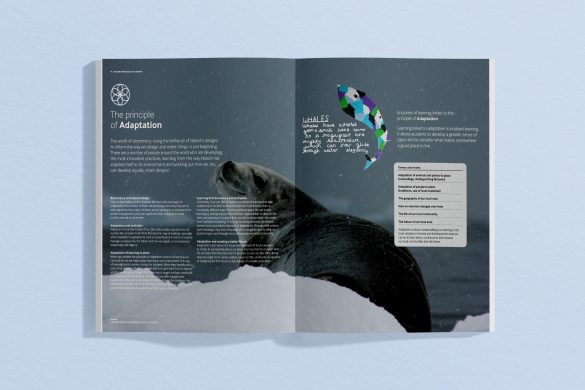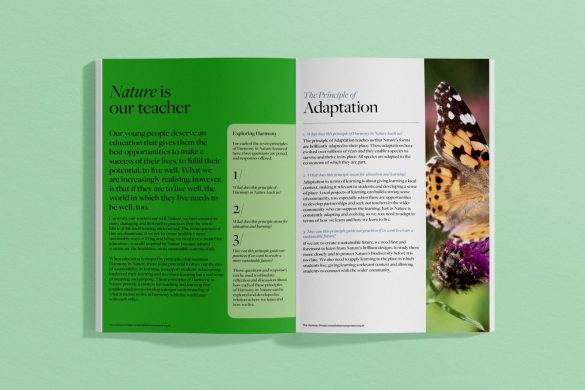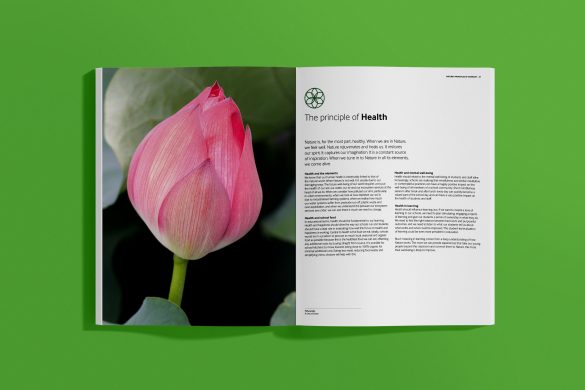What can we learn from the principle of Adaptation?

How engaging, localised learning can connect students to their place and their community
Nature is in a constant state of flux. When there are changes in one population within an ecosystem, others respond. And we can see the changes that occur in the characteristics of species over time through the process of evolution. It is this state of flux that enables natural forms to survive. There is so much we can learn from this dynamic way of working, especially when adaptation is going to be such a crucial feature in terms of how we manage ourselves into the future and how we regain a more balanced relationship with Nature.
What role could the principle of Adaptation play in learning?
When we consider the principle of Adaptation in terms of learning, we can look at how we might adapt learning to our local context. This way of learning builds a sense of place for students. When they identify with a place, they are more likely to engage with it, to give back to it, to value it and the people who are part of it. If learning is taught through a textbook in a classroom the whole time and there is very little engagement beyond the school, then any interest in the heritage, the traditions, the community and the culture of that place is far less likely to exist. There is a disconnect between the learner and their place of learning.

How can learning based on the principle of Adaptation help students connect with their locality?
If we can plan enquiries or projects of learning that take students out into their local environment and community, then a completely different type of learning will take place. We can enrich learning by looking beyond the school for opportunities to draw on the skills and experience of people from our local communities – and make them ‘partners in learning’. They may be artists, sculptors, gardeners, farmers, local councillors, historians or beekeepers. Through their wisdom and knowledge, they have the potential to add great value to what our students learn, and through these partnerships we build community.
How does the principle of Adaptation help us learn to live more sustainably?
Adaptation is about contextualising our learning in the local, valuing community and thinking about what we can do to learn about, contribute to and improve our local communities into the future.
Adaptation is also about the future and what kind of future we want to create. In any learning about our place, it is important to consider what we can learn from the past and the present, but we can also think about what we might do to create a better future for the community we are part of. Designing for the future is a key feature of a healthy education.
Themes for enquiries of learning linked to the principle of Adaptation could include:
- Adaptation of animals and plants to place (camouflage, distinguishing features)
- Adaptation of people to place (traditions, use of local materials)
- The geography of our local area
- How an area has changed over time
- The life of our local community
- The future of our local area
There are a number of people around the world who are developing the most innovative practices, learning from the way Nature has adapted itself to its environment and working out how we, too, can develop equally smart designs.
This is a fascinating world to explore. We have only just begun to understand the wonders of these natural designs and why they are so well adapted to their place. Similarly, we are starting to comprehend the world of epi-genetics and how organisms keep changing to adapt to their external environment.
Find out more about how this principle of Harmony can inspire ideas for enquiry-based teaching and learning and inform medium-term planning.


